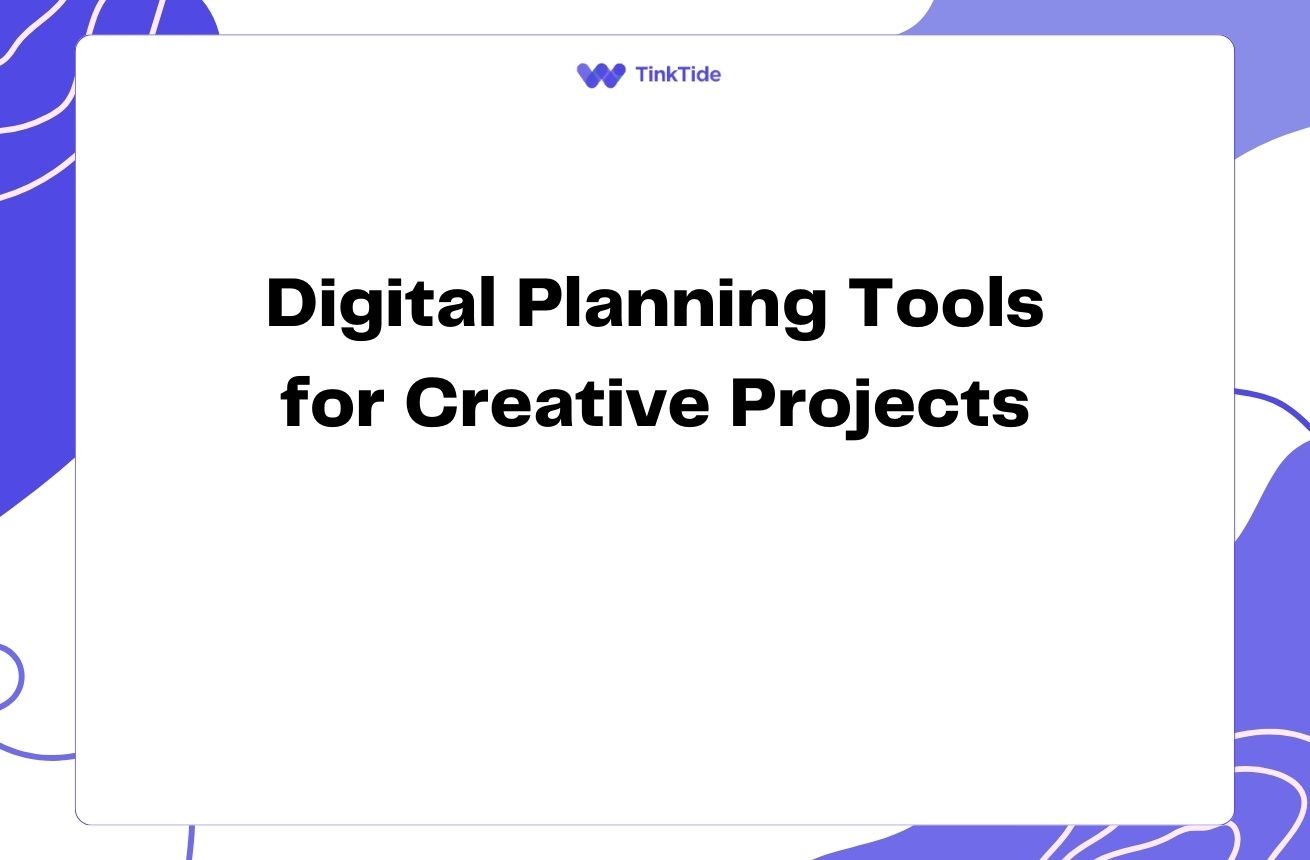Unleashing Innovation: Generating Groundbreaking AR/VR Ideas
Understanding the AR/VR Landscape
Before diving into ideation methods, it's crucial to understand the current AR/VR landscape. Augmented reality (AR) enhances the real world with digital overlays, while virtual reality (VR) immerses users in entirely digital environments. Both technologies are rapidly evolving, with applications spanning gaming, education, healthcare, and more.
To generate groundbreaking ideas, you need to be aware of existing technologies and their limitations. For instance, Oculus has made significant strides in VR headsets, while Microsoft HoloLens is pushing the boundaries of AR. Understanding these advancements will help you identify gaps and opportunities in the market.
Keep in mind that the AR/VR sector is not just about hardware. Software applications, user interfaces, and content creation are equally important areas for innovation. By considering the entire ecosystem, you'll be better equipped to generate truly groundbreaking ideas.
Embracing Cross-Disciplinary Thinking
One of the most effective ways to generate innovative AR/VR ideas is through cross-disciplinary thinking. By combining insights from different fields, you can create unique solutions that others might overlook.
- Blend AR/VR with AI and machine learning for adaptive experiences
- Incorporate haptic feedback technologies for enhanced immersion
- Explore biometric integration for personalized user interactions
- Combine AR/VR with IoT devices for smart environment interactions
- Investigate neuroscience principles to improve user engagement
Conducting User-Centric Research
Groundbreaking ideas often stem from a deep understanding of user needs and pain points. Conduct thorough user research to uncover opportunities for innovation in AR/VR.
Use methods like surveys, interviews, and observational studies to gather insights. Pay attention to both expressed and latent needs. For example, users might express a desire for lighter VR headsets, but through observation, you might discover an opportunity to create entirely new form factors.
Consider partnering with organizations like the VR/AR Association to access industry research and user insights. This collaborative approach can help you identify trends and unmet needs in the market.
Leveraging Design Thinking Principles
Design thinking is a powerful approach for generating innovative ideas in AR/VR. This user-centered methodology encourages empathy, experimentation, and iteration.
Start by empathizing with your users, defining the problem clearly, ideating multiple solutions, prototyping quickly, and testing your ideas. This iterative process can lead to breakthrough concepts that truly resonate with users.
For example, you might use rapid prototyping tools like Sketch or Figma to quickly visualize AR interfaces. By testing these prototypes with users early and often, you can refine your ideas and uncover innovative solutions.
Exploring Emerging Technologies
Stay ahead of the curve by exploring emerging technologies that could revolutionize AR/VR experiences. Keep an eye on advancements in fields like quantum computing, 5G networks, and brain-computer interfaces.
For instance, the development of brain-computer interfaces could lead to entirely new ways of interacting with AR/VR environments. By anticipating these technological shifts, you can generate ideas that push the boundaries of what's currently possible.
Attend technology conferences, follow research publications, and engage with futurists to stay informed about emerging trends and technologies that could impact AR/VR.
Implementing Ideation Techniques
Use specific ideation techniques to generate a wide range of AR/VR ideas. Here's a process you can follow:
- Step 1: Conduct a brainstorming session with a diverse team
- Step 2: Use the SCAMPER technique to modify existing AR/VR concepts
- Step 3: Employ mind mapping to explore connections between different ideas
- Step 4: Utilize the 'What If' technique to challenge assumptions
- Step 5: Synthesize and refine the most promising ideas
Fostering a Culture of Innovation
To consistently generate groundbreaking AR/VR ideas, it's essential to foster a culture of innovation within your organization. Encourage experimentation and embrace failure as a learning opportunity.
Create dedicated time for ideation and prototyping, such as regular hackathons or innovation sprints. Companies like Google have successfully used this approach to generate innovative ideas across various technologies, including AR and VR.
Consider establishing an innovation lab or partnering with AR/VR startups to infuse fresh perspectives into your ideation process. This collaborative environment can spark creativity and lead to truly groundbreaking concepts.
Address common questions
Here are some frequently asked questions about generating groundbreaking AR/VR ideas:
How can I stay updated on the latest AR/VR trends?
Follow industry publications like Road to VR and AR/VR Journey, attend conferences such as AWE (Augmented World Expo), and join online communities like Reddit's r/virtualreality and r/augmentedreality.
What skills are essential for innovating in AR/VR?
Key skills include 3D modeling, UI/UX design, programming (e.g., C#, Unity), understanding of human-computer interaction, and knowledge of relevant hardware and software platforms.
How can I validate my AR/VR ideas?
Create quick prototypes using tools like Unity or Unreal Engine, conduct user testing sessions, and gather feedback from industry experts. Iterate based on the insights you gather.
What are some common pitfalls to avoid when generating AR/VR ideas?
Avoid focusing solely on technology without considering user needs, ignoring hardware limitations, and neglecting the importance of content in driving adoption.
How can I protect my innovative AR/VR ideas?
Consider filing patents for unique technical solutions, use non-disclosure agreements when discussing ideas with partners, and focus on rapid execution to stay ahead of competitors.
Provide additional resources
The VR/AR Association
A global community of VR/AR professionals, offering industry insights and networking opportunities.
Unity Learn
Free tutorials and courses on developing AR/VR applications using Unity.
Oculus Developer Center
Resources and documentation for developing VR applications on the Oculus platform.
ARCore Developer Guide
Google's platform for building augmented reality experiences.
MIT Media Lab's Fluid Interfaces Group
Research group exploring innovative human-computer interaction techniques, including AR/VR.
Summarize key takeaways
Generating groundbreaking ideas in AR/VR requires a multifaceted approach. By understanding the current landscape, embracing cross-disciplinary thinking, conducting user-centric research, and leveraging design thinking principles, you can uncover innovative concepts.
Remember to explore emerging technologies, implement specific ideation techniques, and foster a culture of innovation within your organization. These strategies will help you stay at the forefront of AR/VR innovation.
Start applying these methods today to unlock the full potential of AR/VR technologies and create truly groundbreaking products that will shape the future of immersive experiences.
Ready to Turn Your AR/VR Ideas into Reality?
Start building innovative AR/VR experiences with our powerful development platform.
Start Your Free Trial

